Beautiful Plants For Your Interior
Beautiful Plants For Your Interior
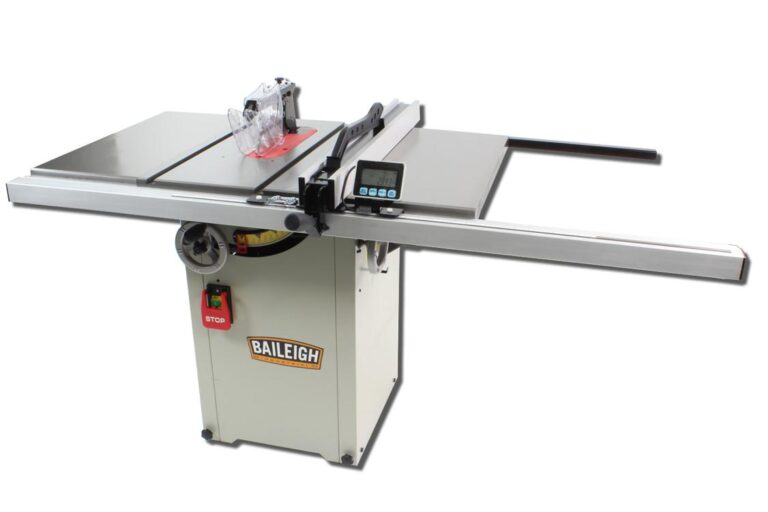
Do you love to work with MDF and Melamine but struggle to make accurate cuts? Whether you’re a beginner or a seasoned DIY enthusiast, cutting through these materials can be quite challenging. Luckily, we’ve got the perfect set of tips…
Have you ever found yourself frustrated with uneven cuts when using a table saw? You’re not alone. Achieving perfectly clean and accurate crosscuts may seem like a challenge, but with the right techniques and tools, it can be a breeze.…

Do you know how crucial it is to clean and maintain your table saw? Neglecting this important task can lead to inefficiency, decreased performance, and even dangerous situations. You don’t want that, do you? Before diving in, let’s understand the…
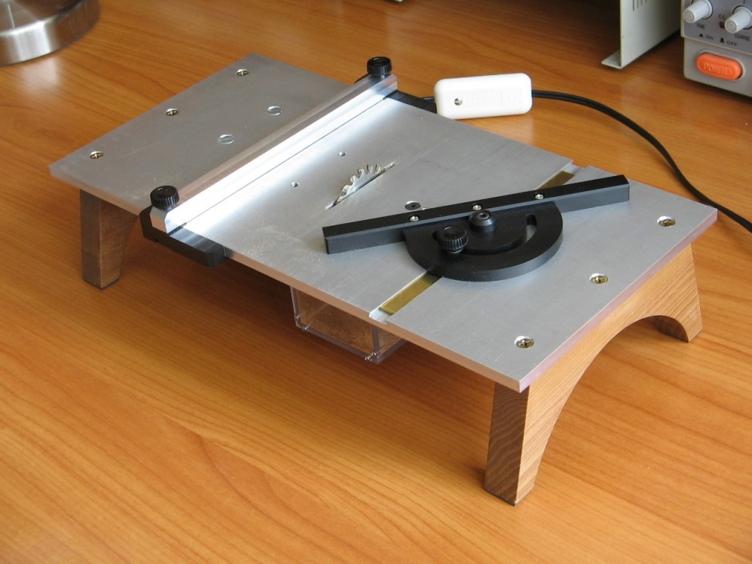
Are you a hobbyist or DIY enthusiast looking for a reliable and efficient tool for your woodworking projects? Have you considered the advantages of a mini or micro table saw? If not, then this blog is just what you need!…
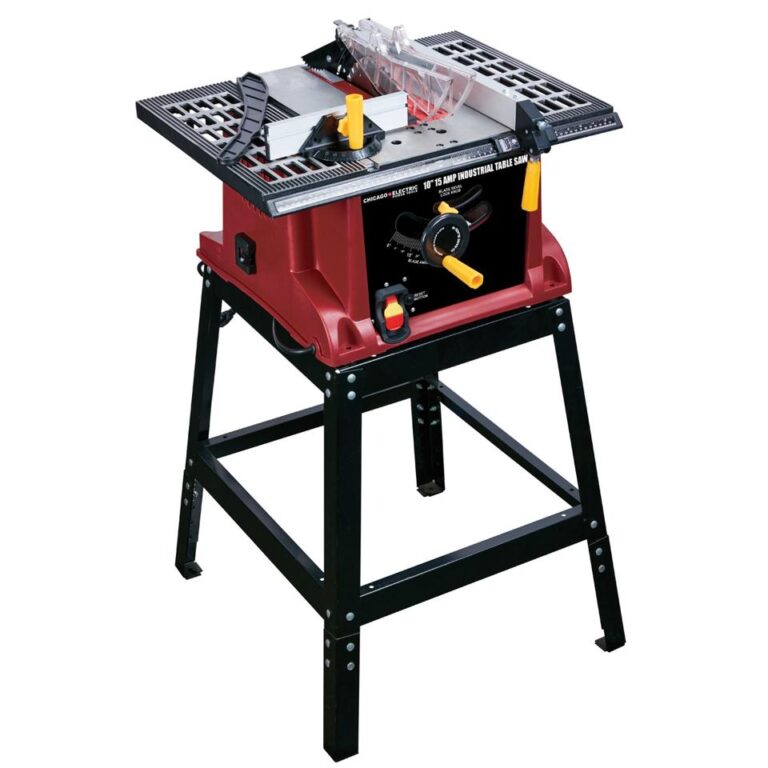
Have you ever found yourself feeling intimidated when wandering the power tool section of your local hardware store? With so many possibilities, it’s easy to become overwhelmed, particularly when you’re looking for something as specific as a rip fence for…
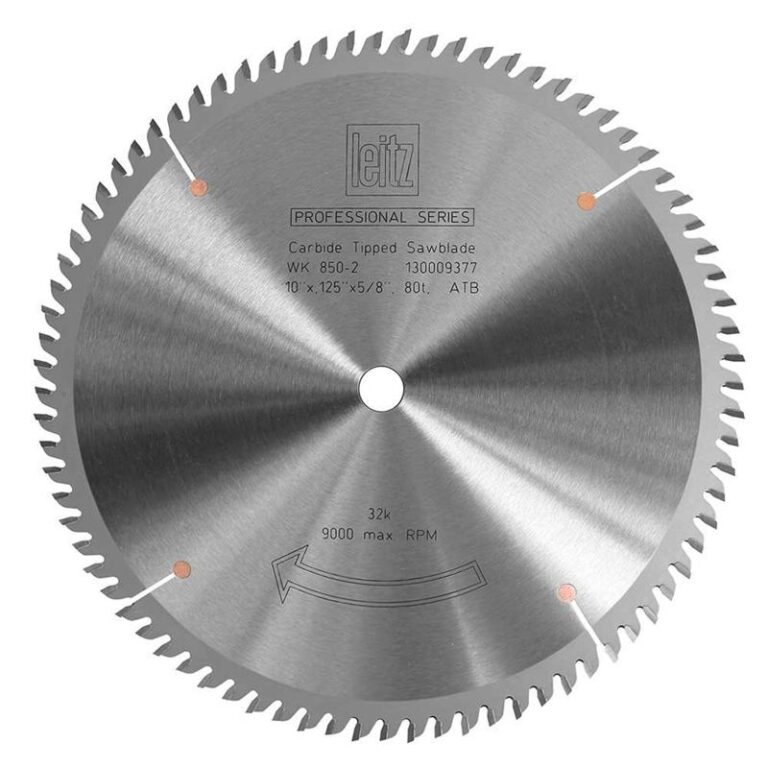
Have you ever wandered down the power tool aisle at your local hardware store, looking for the perfect blade for your woodworking project, only to be overwhelmed by the vast selection of table saw blades? Choosing the right blade for…
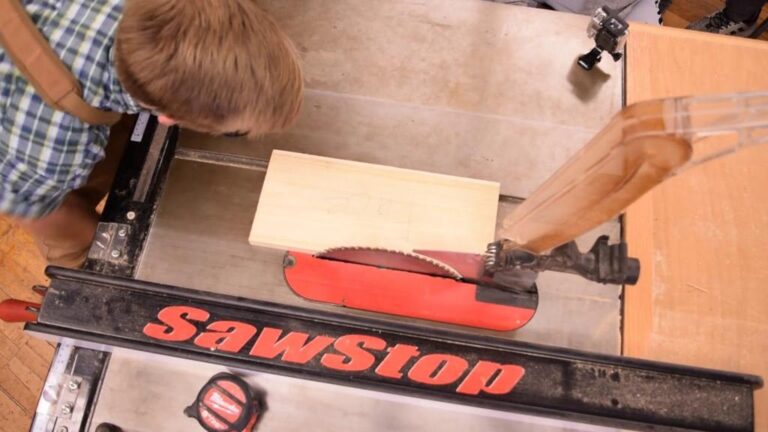
Do you love woodworking, but struggle with a disability that makes using a table saw more challenging? Whether you’re a beginner woodworker, or a seasoned pro, table saw safety should always be a top priority. In this blog, we’ll discuss…
Are you tired of working on wood pieces only to find out that your table saw doesn’t accommodate the size of your workpiece? Fret not, making your own table saw insert is easier than you think! In this article, we…
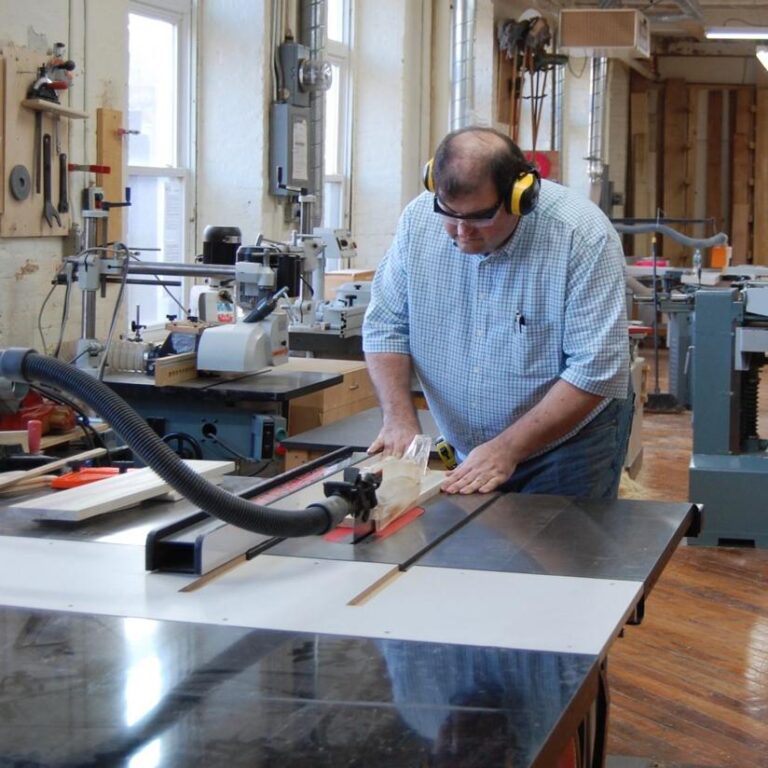
Have you ever looked at a beautiful piece of furniture and wondered how it was made? Chances are, a table saw was involved in the process. The table saw is a versatile and powerful tool that allows woodworkers to create…

Are you a woodworker who loves creating incredible pieces but struggles with space issues in your workshop? Are you tired of bulky tools taking over your limited space? Look no further, because we have the perfect solution for you. Welcome…